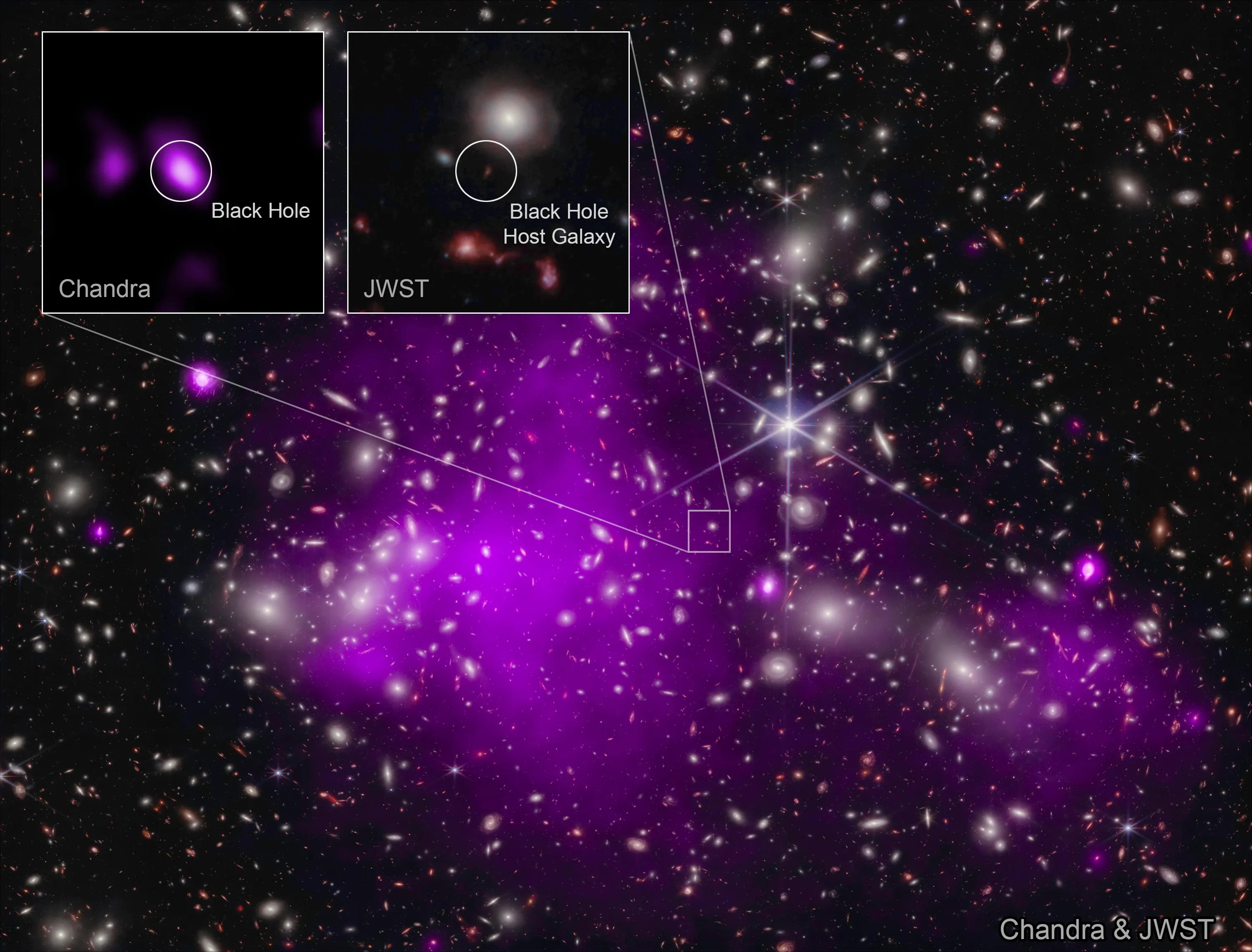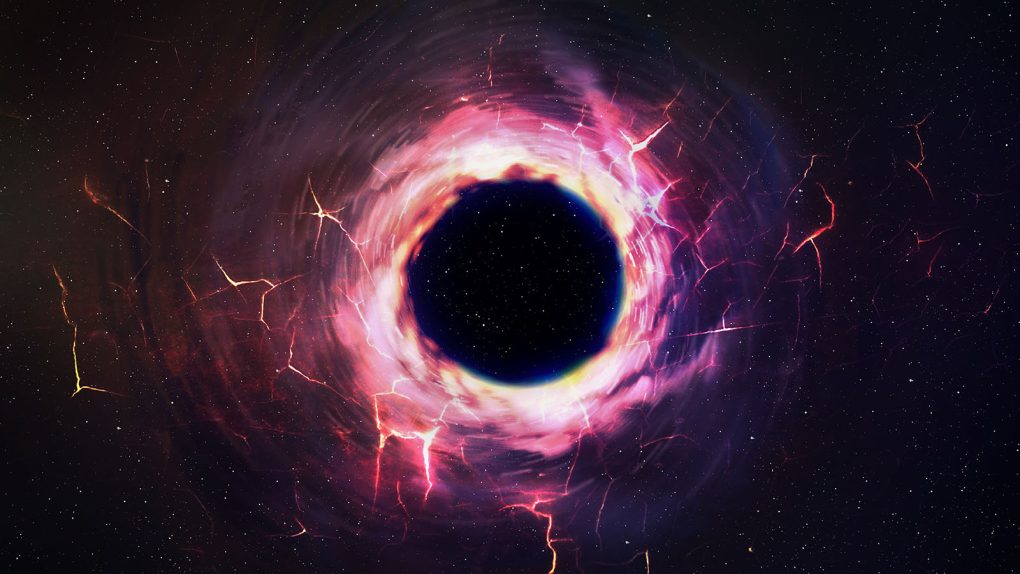Astronomers have discovered the most distant black hole we have ever seen. The record-breaking black hole was discovered using the combined data of NASA’s Chandra X-ray Observatory and the James Webb Space Telescope. The researchers say the black hole existed as long ago as 470 million years after the Big Bang.
Akos Bogdan from the Center for Astrophysics | Harvard & Smithsonian (CfA) spearheaded the discovery and was the lead author on a new paper on the discovery that has been published in the journal Nature Astronomy and outlines how the astronomers combined data from the two telescopes to make the discovery.
“We needed Webb to find this remarkably distant galaxy and Chandra to find its supermassive black hole,” Bogdan says. Bogdan also says that the team also took advantage of the magnifying properties of gravitational lensing – which causes light to bend around galaxies and magnify other objects behind them.

This discovery is especially important for understanding how supermassive black holes grow, as well as how they can reach the masses that they do, especially so soon after the Big Bang. As far as we know, there are some kind of limits on how fast black holes can grow once they form. As such, those born massive have a huge headstart, Andy Goulding, a co-author of the paper, explains.
The researchers believe the record-breaking black hole may have formed out of the collapse of a huge cloud of gas, thus allowing it to reach the size and mass that it showcases in the X-ray images they captured. And, because that black hole existed so long ago, the researchers are captivated to learn more about how it came into existence.
A preprint of the paper is already available on arXiv, and the full paper will be available in the upcoming issue of Nature Astronomy.








